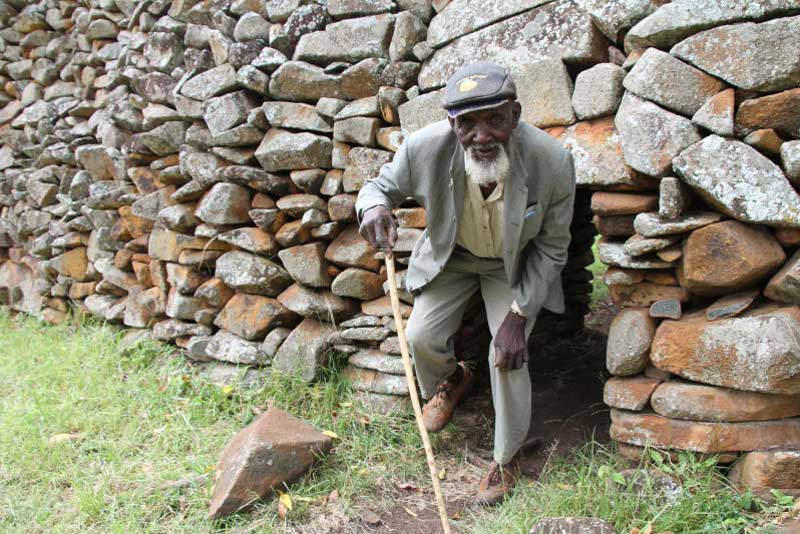×
The Standard e-Paper
Smart Minds Choose Us

Six months after achieving World Heritage status, Thimlich Ohinga, the Unesco-recognised cultural heritage site, remains in slumber.
With no proper access roads, electricity or water, the site which lies 46km northwest of Migori town is in dire need of a financial boost to improve its amenities.